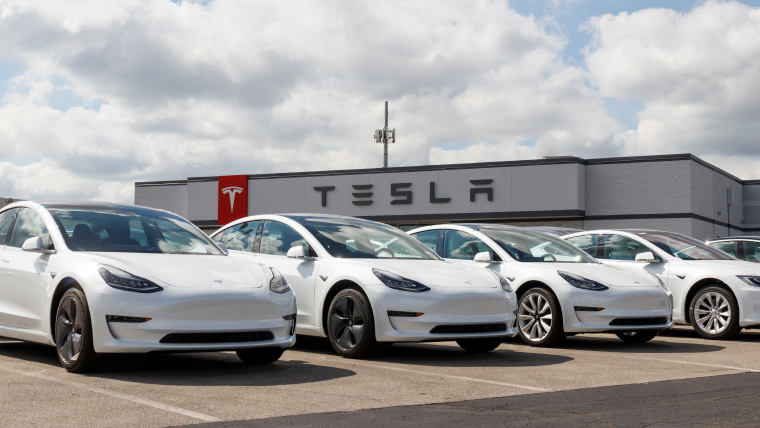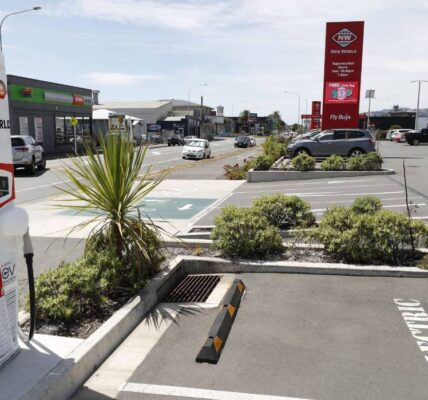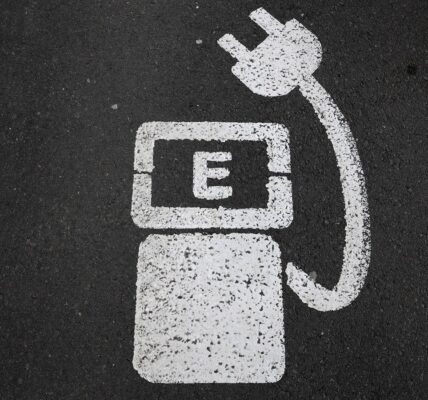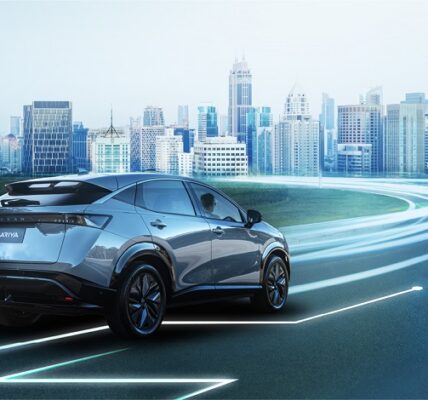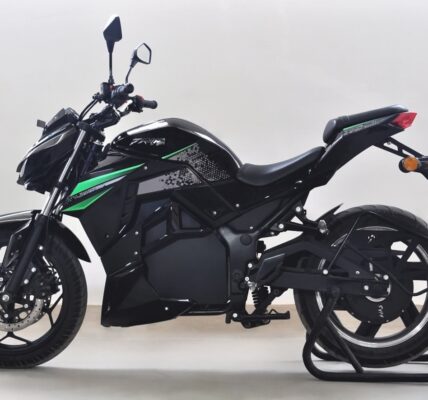Tesla’s much-anticipated Model 3 is finally set to arrive in India in 2025. After years of delays, social media promises, sightings on Indian roads, and policy-level wrangling, the electric sedan is hitting showrooms.
But there’s a catch. Rather than launching as an affordable, locally assembled electric vehicle, the Model 3 will come in as a fully imported car priced between ₹60 and ₹90 lakh.
This puts it squarely in the luxury category, not quite the electric revolution many had hoped for.
Tesla’s journey into India began with Elon Musk’s 2016 promise to bring his electric cars to the subcontinent. It became more real when Tesla registered its Indian arm in 2021 and sparked talk of a Gigafactory in Karnataka.
A breakthrough came in 2024 when Musk met Prime Minister Narendra Modi. The government proposed slashing import duties to 15–20% for companies that agree to local manufacturing later.
That move, along with Tesla’s successful homologation of the Model 3 and Model Y, gave the green light for a 2025 launch. Interestingly, the cars will be imported from Tesla’s Berlin Gigafactory, not Shanghai, which fits India’s push to reduce dependence on Chinese goods.
Design
The updated 2025 Model 3, known internally as “Highland,” brings sharper design elements with it. It has a sleeker front, C-shaped taillights, and refreshed LED headlights.
Toyota Raize
Toyota Raize 2025 – A Compact SUV That Blends Style, Tech and Value, See Details
The coupe-style roofline and flush door handles give it a clean, modern look. Aerodynamically, it’s impressive with a 0.219 drag coefficient, which means better efficiency and less wind noise.
Inside, Tesla continues its minimalist approach with a 15.4-inch touchscreen that controls almost everything in the car. Passengers in the back get their own 8-inch screen for climate and media controls.
Real aluminum trim, ventilated front seats, ambient lighting, and upgraded textiles give the cabin a premium feel. That said, features like the stalk-less steering wheel and touchscreen-based gear shifter might take some getting used to for traditional drivers.
Battery
India will likely get two variants: the Standard Plus RWD with a 57.5 kWh battery offering around 430 km WLTP range, and the Long Range AWD with an 82 kWh battery that promises 580 km WLTP. But don’t expect those numbers in daily driving.
In Indian conditions—hot weather, traffic, and road quality—the Long Range variant might manage 350–450 km, while the Standard Plus may deliver 300–350 km. Charging-wise, it supports 250-kW DC fast charging, which can add 100 km in just 10 minutes, and 11-kW AC charging for home setups.
Even if the proposed duty cut to 15–20% happens, the final on-road price is unlikely to go below ₹35–40 lakh, putting it in luxury car territory.
That means it won’t compete with EVs like the Tata Nexon or MG ZS. Instead, its real rivals are the BMW i4 (₹72.5 lakh), BYD Seal (₹45 lakh), and Audi A6 (₹64 lakh). Tesla is positioning itself clearly as a premium brand, with showrooms in Mumbai’s BKC and Delhi’s Aerocity hinting at its luxury-focused strategy.
Buyers
This version of the Model 3 is aimed at a very specific crowd. It’s ideal for buyers who want cutting-edge technology, appreciate Tesla’s brand, and are comfortable spending luxury money on an electric car.
It’s perfect for urban dwellers who have access to home charging and won’t be doing frequent long-distance drives. Its price and limited charging network make it less appealing for the average car buyer or someone looking for a practical family EV.
The Model 3 is like the iPhone of cars—sleek, desirable, and expensive. It turns heads, delivers excellent performance, and is fun to drive. But it’s not going to trigger an electric revolution in India unless Tesla starts producing locally.
Tesla Model 3’s India launch in 2025 is a landmark moment. With its sharp looks, brilliant tech, and serious speed, it’s a strong contender in the luxury EV space. But its high price and fully imported status mean it won’t be a volume-seller.
It sets the tone for Tesla’s ambitions here, but whether it becomes mainstream depends entirely on local production and policy support in the years ahead.Buyers
This version of the Model 3 is aimed at a very specific crowd. It’s ideal for buyers who want cutting-edge technology, appreciate Tesla’s brand, and are comfortable spending luxury money on an electric car.
It’s perfect for urban dwellers who have access to home charging and won’t be doing frequent long-distance drives. Its price and limited charging network make it less appealing for the average car buyer or someone looking for a practical family EV.
The Model 3 is like the iPhone of cars—sleek, desirable, and expensive. It turns heads, delivers excellent performance, and is fun to drive. But it’s not going to trigger an electric revolution in India unless Tesla starts producing locally.
Tesla Model 3’s India launch in 2025 is a landmark moment. With its sharp looks, brilliant tech, and serious speed, it’s a strong contender in the luxury EV space. But its high price and fully imported status mean it won’t be a volume-seller.
It sets the tone for Tesla’s ambitions here, but whether it becomes mainstream depends entirely on local production and policy support in the years ahead.


